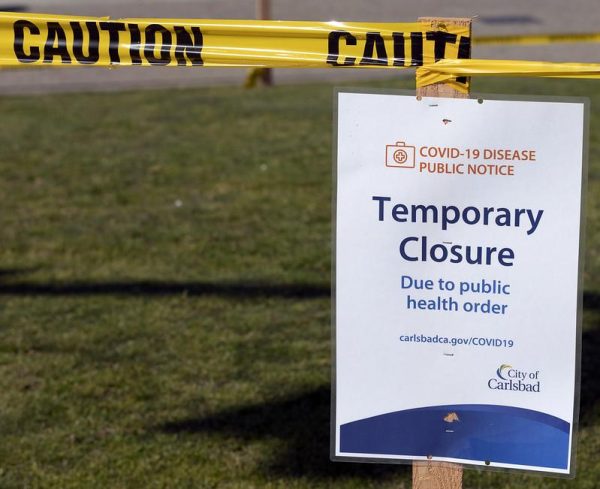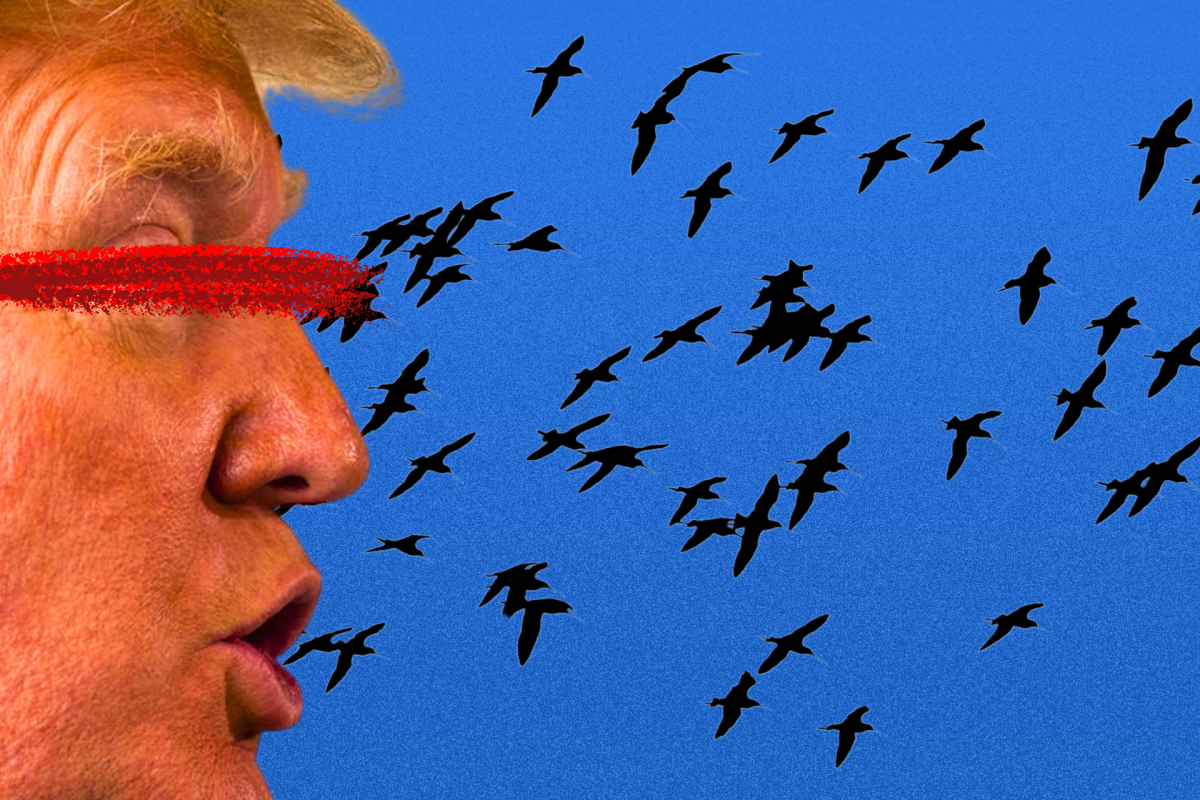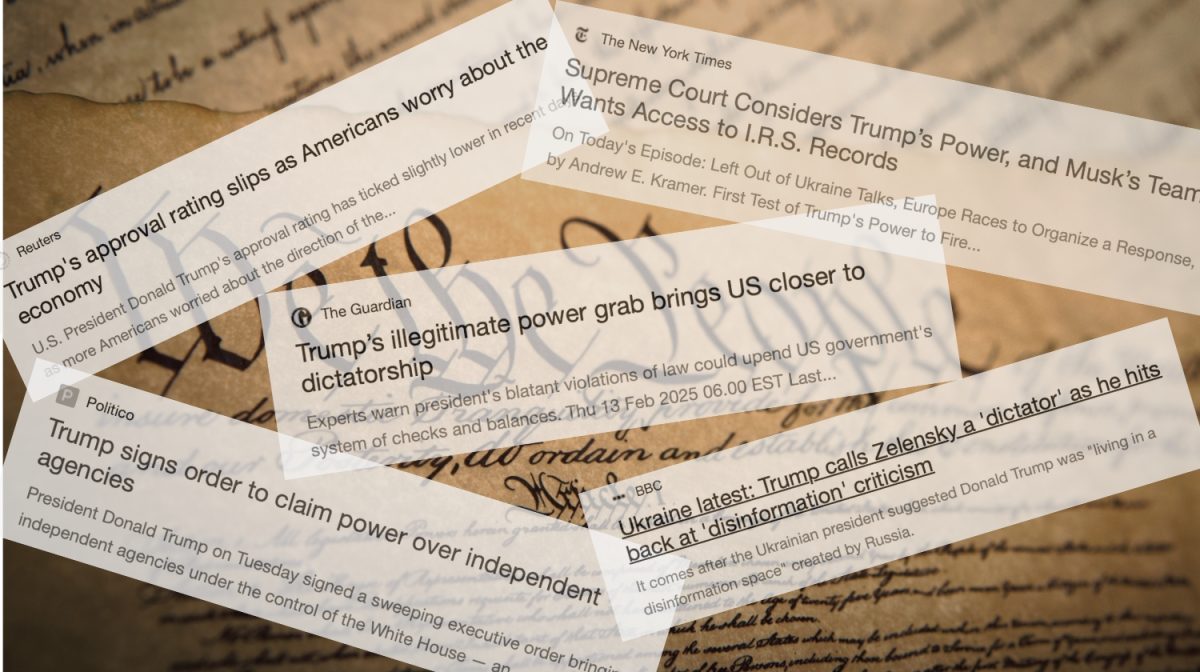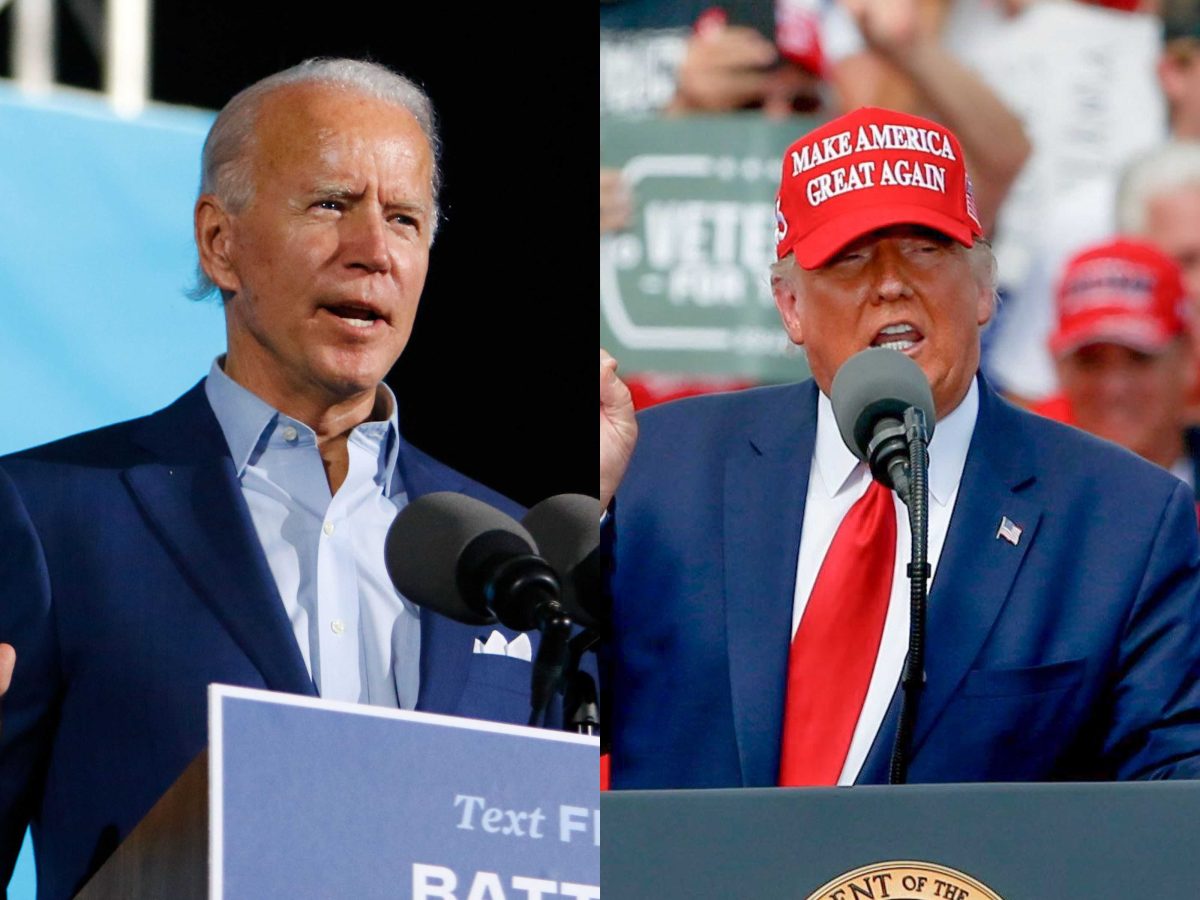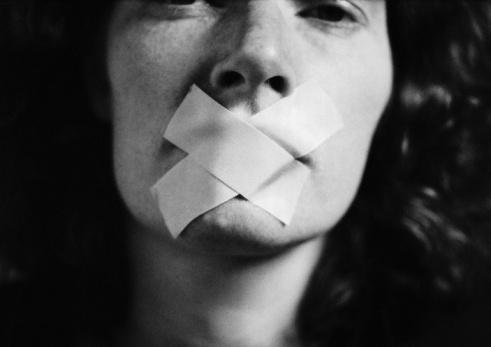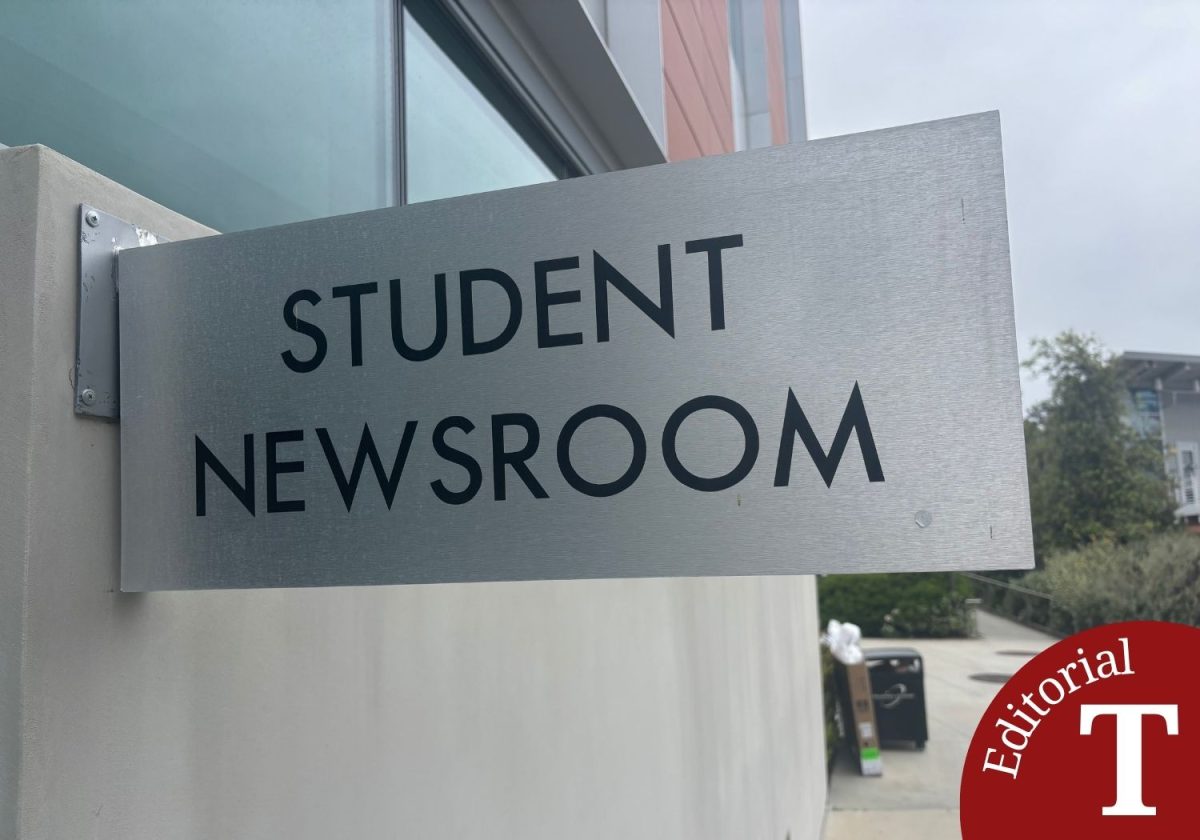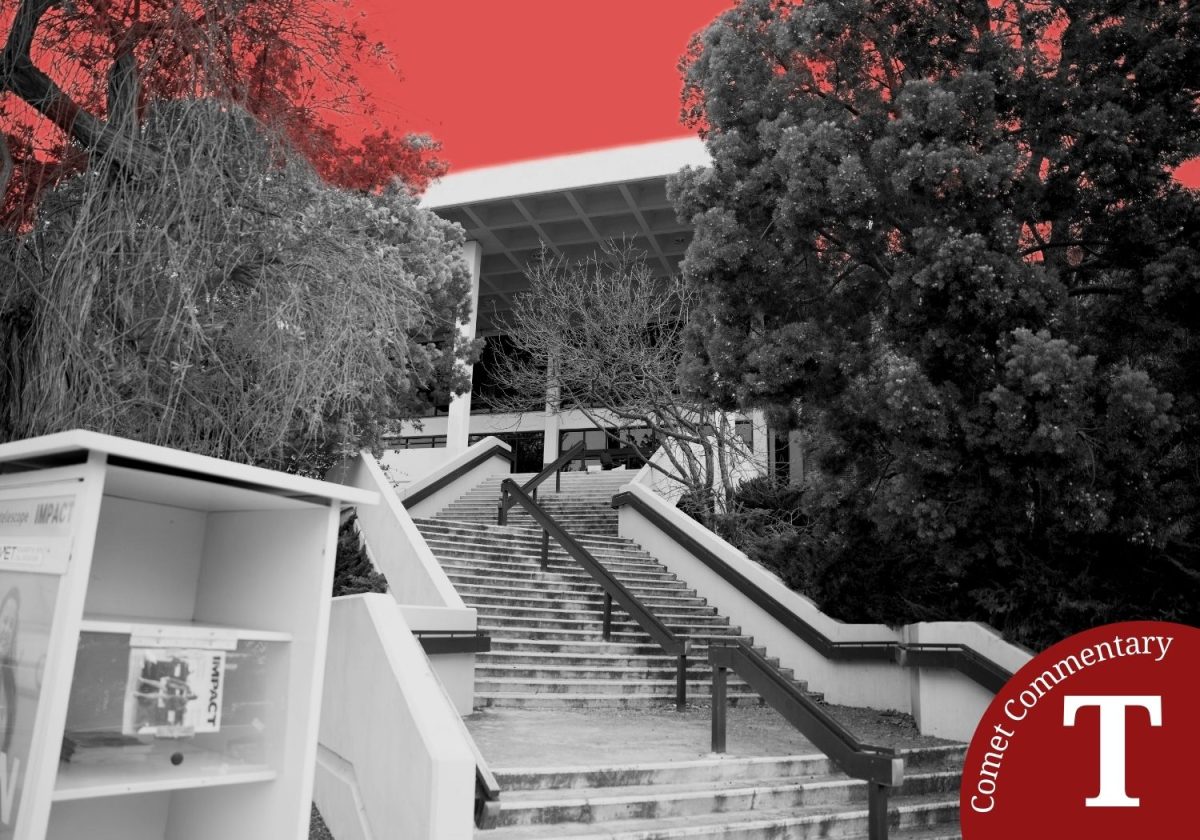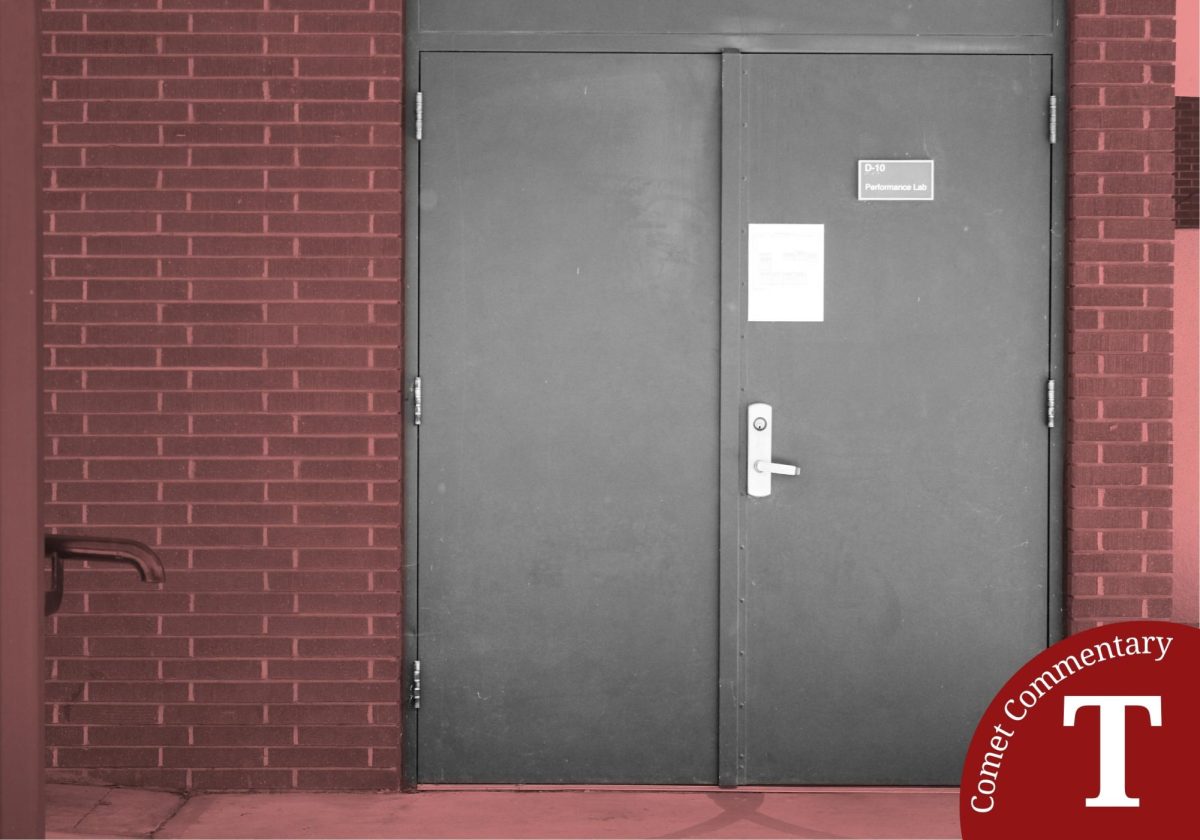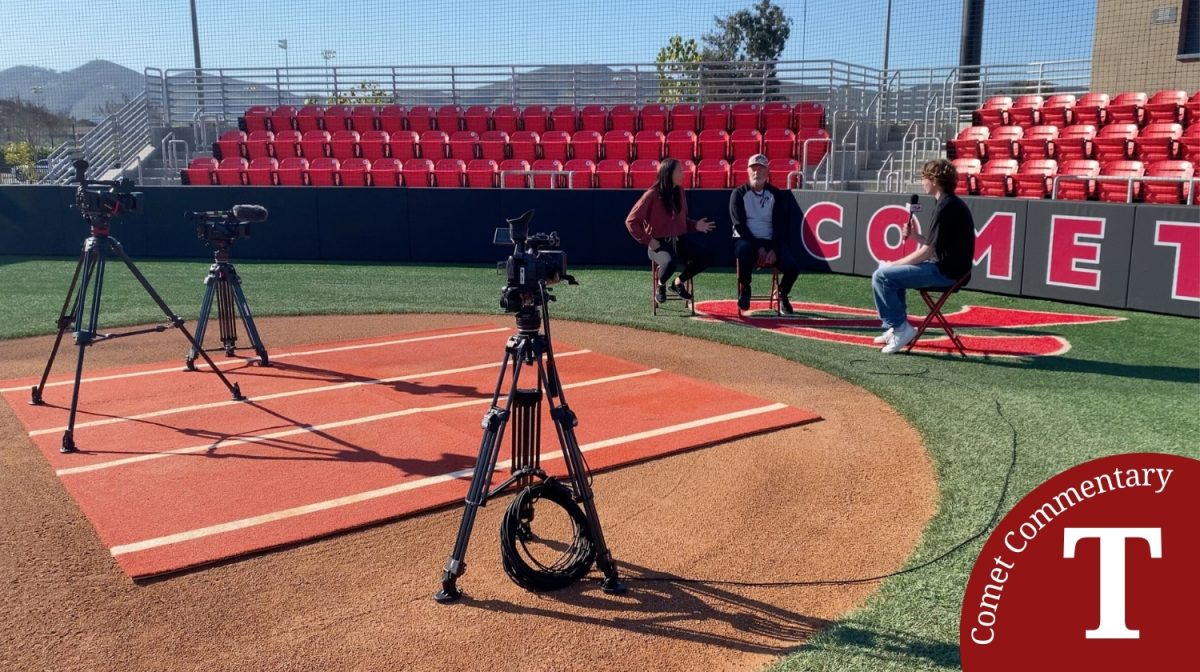Last month, my employer emailed my coworkers and I that “all the funds have been given out and I [the company] was not included in that group.” This meant nobody would be receiving the financial aid to cover their rent and other expenses in April and May.
How could that happen so quickly?
The Paycheck Protection Program (PPP) is part of a number of the Small Business Association (SBA) loans that authorizes $349 billion in forgivable loans to allow employers in small businesses to pay their employees during the coronavirus pandemic. These loans are forgivable if 75 percent of the payment is used for rent, payroll, and utilities.
A few large businesses, like Ruth Chris’s steakhouse chains and Potbelly, got in line for the PPP loans first and got $20 million—far more than what most small businesses get. Shake Shack burgers returned $10 million in PPP loans, but the SBA cannot use this returned money to give out new loans until Congress authorizes new ones.
Some of these large businesses used the loan to grow their business, like Chembio Diagnostics (Links to an external site.), a company that makes infectious disease tests. Their stocks went up from $5 last year to $11 last week, thanks to the $3 million loan it received.
Likewise, Ashford, Inc., a corporation that operates several networks of hotels and resorts, had returned $70 million (Links to an external site.) that it received from PPP.
However, the PPP is not meant to be used to expand businesses. It is for small businesses, like the mom-and-pop shops and nonprofits, that are struggling with payroll and cannot pay their rent and utilities.
Loopholes in PPP include:
1. U.S. manufacturers with employees overseas are eligible to apply because PPP loans are based on how many employees a company has domestically, not those who work in foreign countries.
2. Restaurant and hotel chains are eligible for PPP loans as long as each physical location “employs not more than 500 employees (Links to an external site.) per physical location.” That means a franchise like Shake Shack and Taco Bell could apply because each location has fewer than 500 workers.
Last week, President Trump signed a second wave of PPP (Links to an external site.) loans that was worth $320 billions. As of last Sunday, $175 billion were loaned out. Policymakers had fixed some of the loopholes, yet some corporations are still able to apply and get the loan before small businesses could even get a penny. As of May 11, more than 40 percent of loans are left in the PPP.
This is the last wave of government loans, and congress has no further plans to issue more. Every dollar that goes into these corporations means no money for small businesses.
Given the amount of loans that are left within two weeks, many small businesses may still survive.
For Palomar students who are looking for work, here is an update on what skills are employable for 2020.

